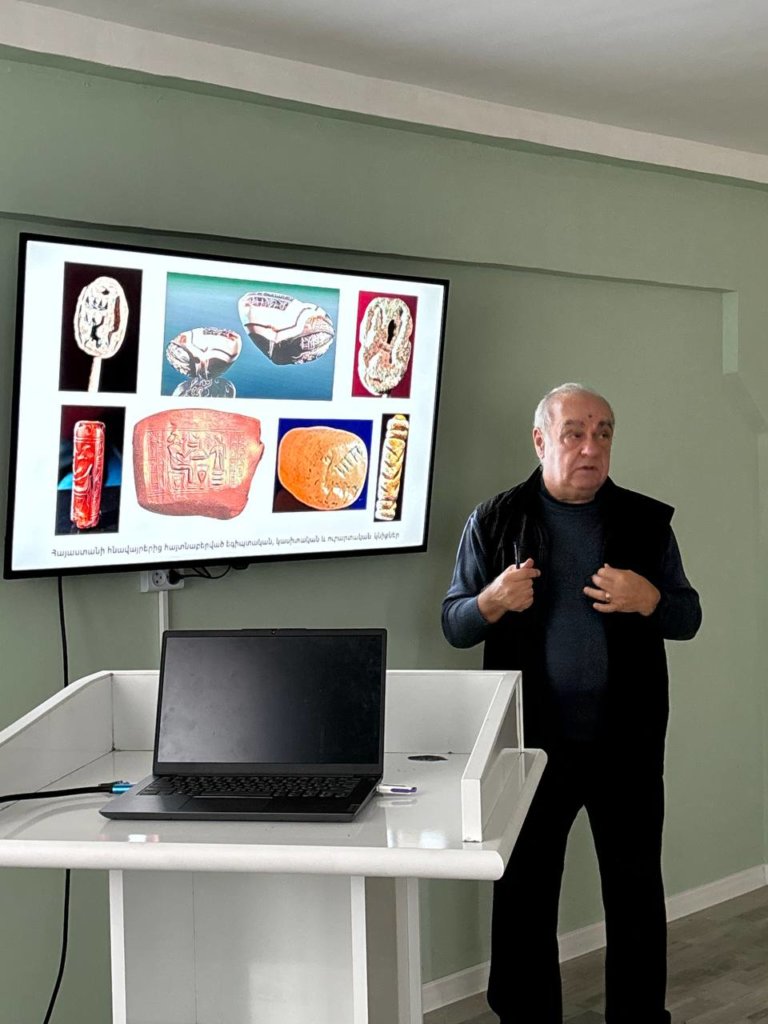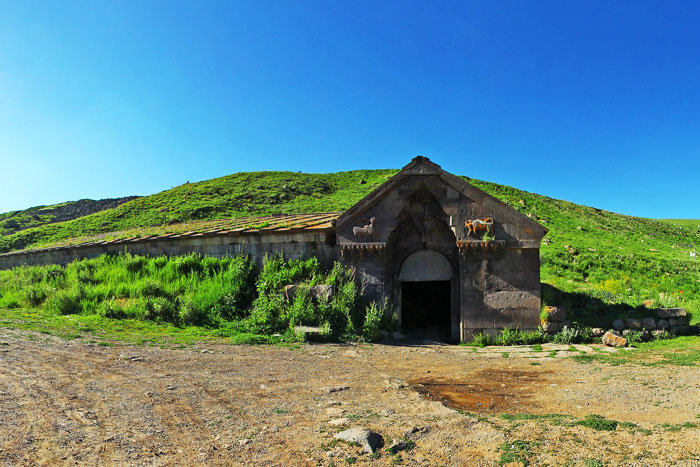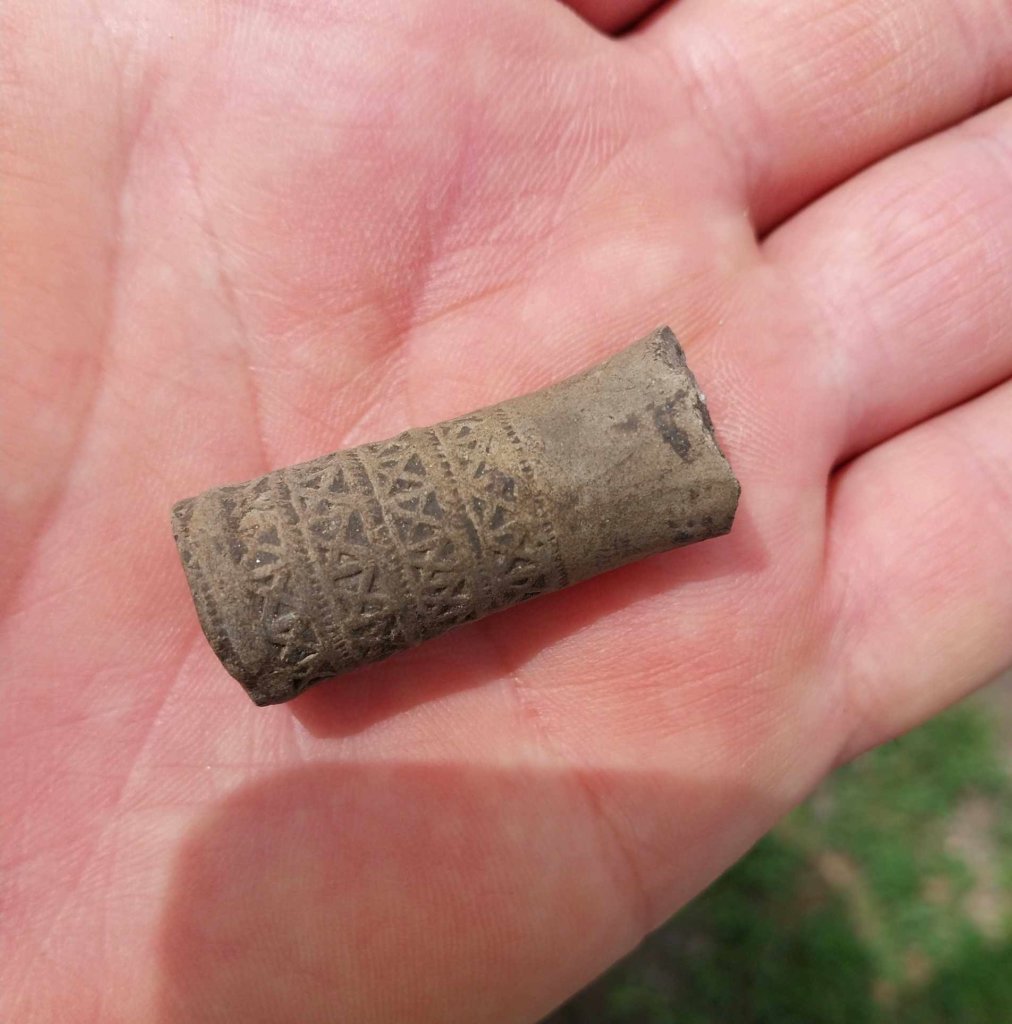A symposium titled “National style: from national traditions to professional art” that started at the house-museum of Aram Khachatryan was attended by more than 40 intellectuals from different CIS countries. It is held in Yerevan museum of Russian art, within the framework of “How the masterpiece is born” exhibition, organized jointly with Decorative-applied and Pan-Russian museum of folk art.
Alongside with other participants, Artavazd Zakyan, chief of scientific-cultural screenings and events organization department, also made a report within the framework of the conference. Mr. Zakyan talked about a number of issues and prospects related to the protection and preservation of archeological monuments, also noted that there are 25,000 registered monuments in Armenia.
According to him, the issue of preservation of archaeological monuments can be divided into several parts. Using the archeological site and museum of Metsamor as a vivid example, A. Zakaryan noted that excavations began in 1965 and continue to this day.
“There is another important issue as well. In Armenia, the concentration of monuments in one unit area is very high. Separate archaeological monuments occupy from several dozen to several hectares of space. There are a large number of historical-cultural lands with monuments in Armenian provinces. Here comes a contradiction between land usage and monuments protection. United events are needed in this situation that would increase the interest in archeological monuments within tourists.
Artavazd Zakyan also mentioned in his report that in Armenia, archaeological excavations began as early as the end of the 19th century and reached their peak during the Soviet years. For the last twenty years, the process was entered by European, American, Japanese, and Russian universities and scientific centers, by providing an opportunity of carrying out excavation works with modern methods, recording found materials with latest technological means, as well as carrying out research works in foreign laboratories.
Mr. Zakaryan also reflected on “Lori Fortress, large city,” “Zorats Karer, residence,” “Agarak,” “Amberd Castle,” and many other historical-archeological reserves.







